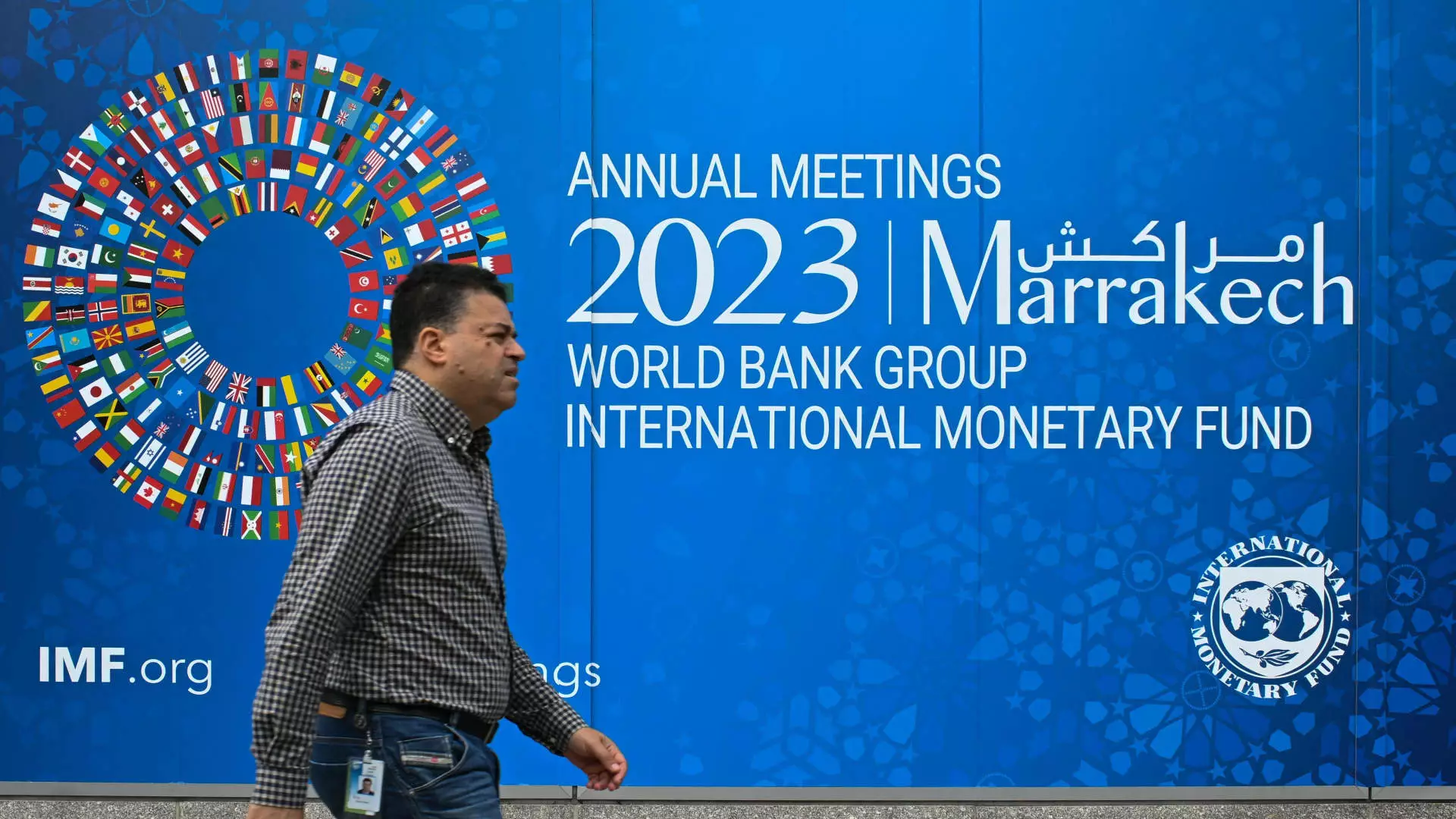Top economists and central bankers are in agreement that interest rates will remain higher for an extended period, which has created uncertainty in global markets. In response to soaring inflation rates, central banks worldwide have aggressively increased interest rates over the past year and a half. While the U.S. Federal Reserve paused its hiking cycle in September, policymakers have indicated that rates may need to stay higher for longer to achieve the central bank’s target inflation rate of 2%. This sentiment has been echoed by World Bank President Ajay Banga, who highlighted the impact of geopolitical tensions on the investment landscape for companies and central banks globally.
Although U.S. inflation has declined from its peak of 9.1% year-on-year in June 2022, it surpassed expectations in September, standing at 3.7%. As a result, Greg Guyett, CEO of HSBC’s global banking and markets, believes that interest rates will remain elevated for the foreseeable future. He observed that concerns about persistent borrowing costs have dampened deal activity, leading to weak capital issuance and difficulties for recent IPOs like Birkenstock in attracting buyers. Despite companies’ desire for growth, financing costs are impeding their ability to make strategic decisions and investments.
In contrast to the Federal Reserve, the European Central Bank (ECB) raised interest rates for the tenth consecutive time, reaching a record 4%. This decision was made despite signs of a weakening euro zone economy. Although the ECB indicated that further rate hikes may be on hold for now, several central bank governors and members of the ECB’s Governing Council expressed the need to keep the option open due to persistent inflation pressures and potential shocks to the economy. The Croatian National Bank Governor Boris Vujčić states that market adjustments have been slow in accommodating the expectation of longer-lasting higher rates in both the U.S. and Europe.
Following a decline to 4.3% in September, the lowest level since October 2021, euro zone inflation is anticipated to continue falling due to base effects, monetary policy tightening, and stagnation in the economy. However, Governor Vujčić expresses concern about the level of uncertainty when inflation reaches around 3 or 3.5%. He highlights the impact of the labor market and wage pressures on achieving the medium-term target. If the projected convergence does not occur as expected, there is a possibility of implementing additional measures.
Bank of Latvia Governor Mārtiņš Kazāks supports maintaining the current interest rates but stresses the importance of remaining cautious due to potential inflationary shocks, especially those related to geopolitical developments. He believes that monetary policy is entering a new phase characterized by an extended period of higher rates, aimed at solidly returning inflation to the ECB’s target of 2% by the second half of 2025. Austrian National Bank Governor Robert Holzmann is also inclined towards a more hawkish stance. He highlights the risks that may disrupt the current inflation trajectory, such as the Israel-Hamas war and other potential disturbances impacting oil prices. Holzmann warns against premature discussions about rate decreases, emphasizing the need for a thorough understanding of the timeline for achieving desired inflation levels.
While South African Reserve Bank Governor Lesetja Kganyago acknowledges that the task is unfinished, he suggests that the bank can now afford to pause and evaluate the consequences of previous monetary policy measures. With the main repo rate raised from 3.5% in November 2021 to 8.25% in May 2023, the bank’s decision to maintain the current rate reflects a cautious approach to managing inflation.
The consensus among top economists and central bankers is that interest rates are likely to stay higher for an extended period. This expectation has significant implications for global markets, as companies and central banks navigate the challenges posed by elevated borrowing costs. While the U.S. and European central banks have implemented rate hikes to combat inflation, the path to achieving desired inflation targets remains uncertain. Continued monitoring of key economic indicators and the potential impact of geopolitical events will guide future monetary policy decisions to ensure sustainable economic growth and stability.


Leave a Reply